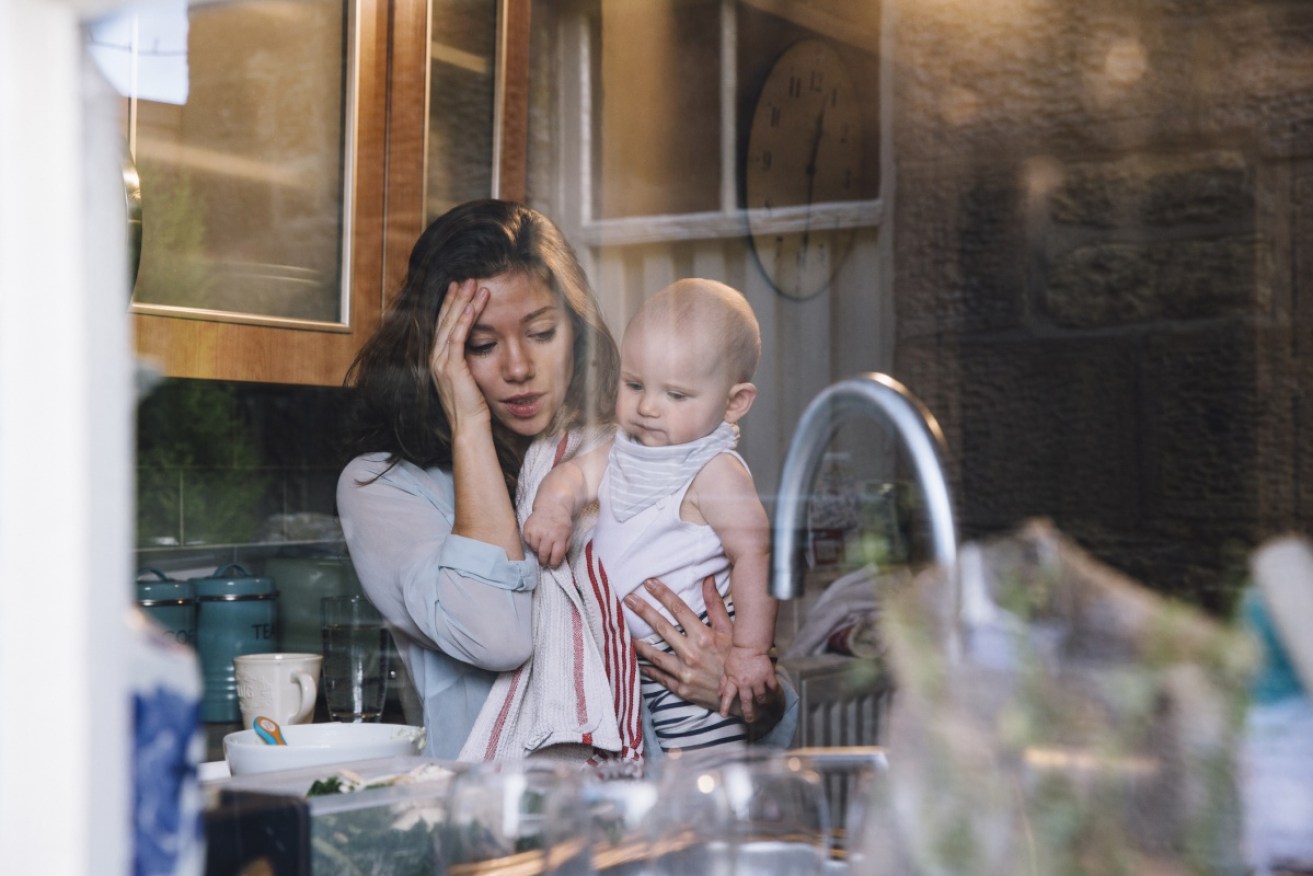Canberra must own the rental affordability crisis


Single parents, among many other groups, are struggling to pay their rent. Photo: Getty
Anglicare wasn’t mincing words on housing affordability on Monday, saying that a “crisis” was fast becoming a “meltdown”.
Launching the charity’s ninth annual rental affordability survey, Anglicare Australia’s Kasy Chambers wrote that “paying the rent can leave pockets so bare that there is no money to put food in the fridge … people from the country can’t afford to pursue careers in the city … those who do move to take jobs … face years of expensive squalor”.
Are things really that bad for the third of Australian households who rent? Well it depends which demographic slice you look at.
Anglicare found that out of 67,000 rental properties surveyed, “only 485 rentals were affordable for someone on the disability support pension. 180 were affordable for a single parent with one child on Newstart … [and] an age pensioner can afford just 833 listings out of 67,000”.
Those horrible numbers tend to be obscured in the national averages.
In the chart below, for instance, the rental price index is starting to flatten out and come a little closer to the wage price index.
That in itself is good news, but what Anglicare is highlighting is that Australians living on welfare, or in insecure minimum-wage work, can’t afford even a basic roof over their heads.
Time for change
So what’s the solution? Anglicare says it wants to see the government limit negative gearing and capital gains tax exemptions.
Those tax reforms would have an impact on house prices (the red line in the chart above), and land values more generally, but would have a more muted impact on rentals.
That’s because rental prices are set much more by the classic ‘supply-demand’ relationship than house prices, which are pumped up by the availability of cheap credit.
And yet Anglicare is not wrong to say that cutting back on tax breaks for property speculators will help – it would slow the rate of growth of land values, which in turn helps developers deliver new dwellings more cheaply.
That means more supply and, eventually, more downward pressure on rents.
There’s a catch, however.
As Labor’s housing spokesman Doug Cameron has been pointing out for some time, the right dwellings need to be near the right jobs – it’s just no good having a supply boom 50km, 60km or 70km from city centres.
Senator Cameron argues that epic commutes from outer suburbs to more centrally located jobs are a “ball and chain on productivity”.
The trick, he says, is getting state and local governments to fast-track developments that meet the needs of a range of tenants – and that usually takes more incentivising from Canberra.
The Coalition thinks that can be done via its ‘bond aggregator’ model, which uses its own ‘risk free’ balance sheet to make the funding of community housing projects cheaper.
That’s a step in the right direction, but Senator Cameron thinks it cannot possibly provide the right level of housing supply in the years ahead.
He wants to see more use of the ‘inclusive zoning’ model used in countries such as Canada and the UK.
That model allows developments to go ahead with “salt and pepper” requirements to provide dwellings for middle-income and low-income people in the same developments “in such a way that you can’t tell which is which”.
What’s clear though is that not even that will happen without stronger leadership from Canberra, including what Anglicare calls “invest[ing] the billions we save [on tax reform] in social and affordable rental housing for people in need”.
Australia’s housing market is in a terrible state, and the tax reforms Anglicare calls for are definitely needed.
But we can’t simply wait a generation for those reforms to bite. Canberra needs to say clearly, ‘it’s not strictly speaking our problem, but we’ll make it our problem until it’s fixed’.
Otherwise, this year’s lurch from ‘crisis’ to ‘meltdown’ will be matched next year by something even worse.








